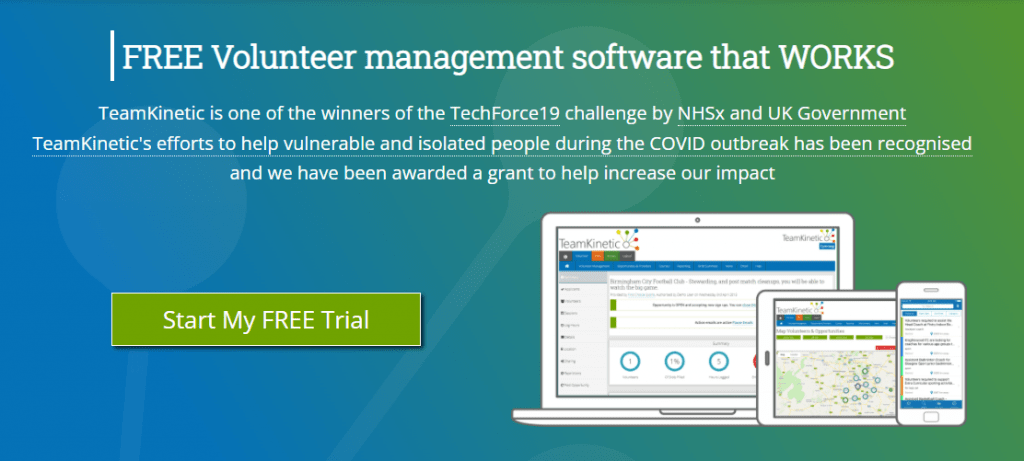
There’s just one week to go until Volunteers’ Week 2022! How are you planning to recognise the hard work and effort of your volunteers? We all know the value volunteers bring to organisations, but more often than not, many volunteers go unnoticed.
With Volunteers’ Week right around the corner, it couldn’t be a more appropriate time to thank your volunteers for everything they do. Struggling for ideas? We might be able to help….
Why is it important?
Spending time rewarding your volunteers throughout the year is so important for retention. Whatever their reason for volunteering, volunteers want to feel valued. For many it may be the reason why they volunteer with you… They’re given an incentive to volunteer as much as they can.
Even just a simple ‘thank you’ after an opportunity can boost a volunteer for the rest of the day. It’s that feeling of being wanted- being valued- that you can really tap into during Volunteers’ Week. Your volunteers deserve it, and not just between 1-7th of June.
Focus on the impact!
Your volunteers spend so much time helping organisations without ever realising the impact they’ve made. While they will know who they’re volunteering for and the values that each organisation has, they might not think so much about their own impact. Shouting from the rooftops the exact impact they’ve made will help them feel valued like never before.
There are a number of ways you can celebrate your volunteers during Volunteers’ Week, no matter the budget you might have. Why don’t you set up a social event? It can even be online or a hybrid event to reach as many volunteers as possible. You could highlight the work completed over the year, or even show them how their skills have helped others.
The power of social media..
Use the hashtag #VolunteersWeek and show off your volunteers’ hard work and efforts to the rest of the world – they deserve it! Your organisation may also get some organic exposure. In the weeks after Volunteers’ Week, you may have a bunch of new volunteers signing up.
Not only can you promote your volunteer efforts, you can also use social media to thank them. There’s no doubt organisations have a group chat with volunteers to keep them informed. Why not use that to your advantage. Jump into the group chat and let your volunteers know how valued they are. Start conversations with volunteers about their motivations behind volunteering and what they’re thankful for.
Social media is a strong tool that everyone uses. We’re constantly connected, for organisations with a small budget, social media may be the best tool to use this Volunteers’ Week!
Finding gifts at a low cost…
Whether your budget only covers something ‘low-cost’, or you’re just looking to try something new, there are a number of low-cost options you can go for to celebrate your volunteers…
It could be a card, or even a postcard commemorating a volunteer’s hard work and effort. We’ve found that sometimes, volunteers love a good badge. Despite the low cost, volunteers will feel appreciated and let everyone else know about the difference they make.
Even small things, such a tea bag, or a packet of coffee – so your volunteers can have a cuppa on you. It’s often the small things that volunteers appreciate the most, little can sometimes mean a lot.
Enjoy Volunteers’ Week!
Hopefully we’ve helped you conjure up some ideas for Volunteers’ Week, the main thing is your volunteers feel valued. But it shouldn’t stop after the 7th! Your volunteers deserve to be honoured all year round.



















